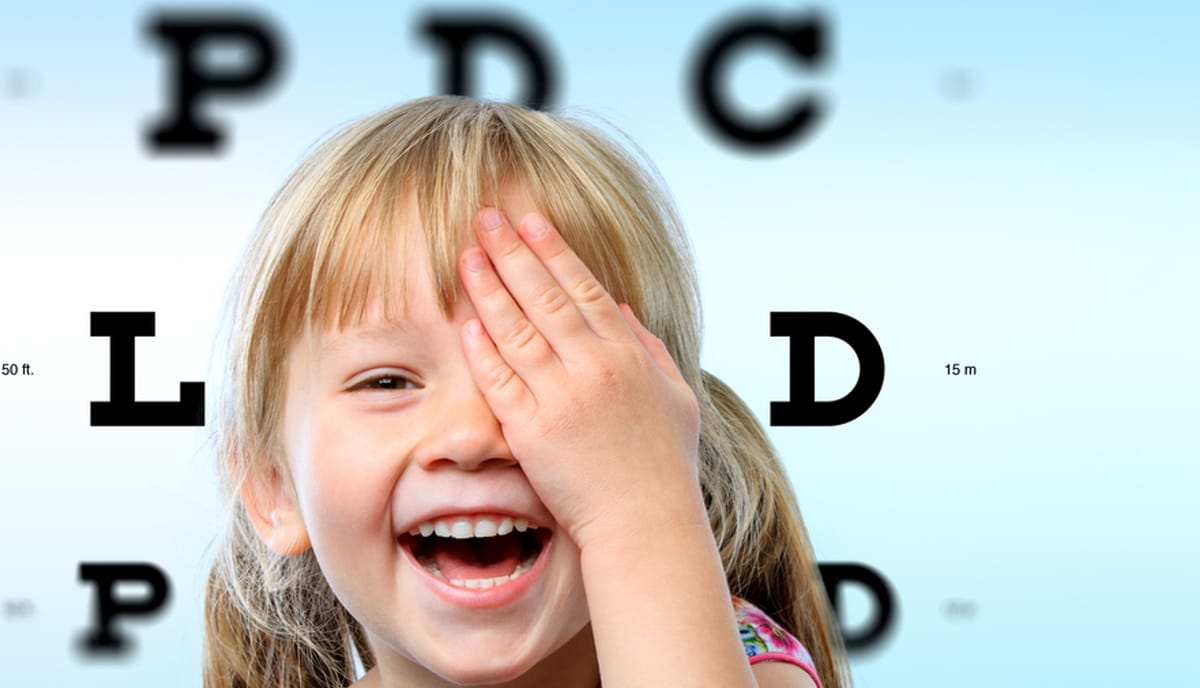8 Creative Health Test Campaigns That Make Checkups Fun

No one likes health tests. They often feel inconvenient, uncomfortable, or even intimidating. Yet, they are essential for early diagnosis and prevention of illnesses. So, how can we encourage people to take these tests more willingly? The answer lies in making them enjoyable, frictionless, and seamlessly integrated into everyday life. This article explores eight innovative campaigns that have turned routine health tests into creative and engaging experiences.
How to Make Health Tests Appealing:
To effectively promote health tests, brands and agencies have discovered three key tactics:
- Make them fun: Transform tests into entertaining activities people want to engage with.
- Make them frictionless: Simplify the process to remove any barriers or resistance.
- Make them part of the every day: Integrate health checks naturally into daily routines.
1. The Hearing Test in Disguise – Cochlear Hearing Implant, Che Proximity (2017)
Imagine watching a short film only to realize it’s also a hearing test. Cochlear’s campaign created a cinematic experience where viewers had to listen carefully to follow the story. If they heard everything correctly, they were rewarded with a happy ending. If not, the story ended in a breakup, subtly demonstrating the importance of regular hearing checks. Key Takeaway: Disguising a health test as entertainment can engage people who might otherwise avoid it, making the process enjoyable and less intimidating.
2. Penny The Pirate – OPSM, Saatchi & Saatchi (2015)
Penny the Pirate cleverly embedded eye exercises into an engaging story, turning a children’s book into an eye test. As parents read to their kids, they could simultaneously check for signs of vision problems in a fun, non-invasive way. This approach helped parents perform vision checks during everyday activities like storytime.
Key Takeaway: Using familiar formats like books and games can encourage participation in health checks, particularly for children, turning what might be a stressful experience into a fun activity.
3. Quest for Dyslexia – Samsung, Cheil (2022)
To address the stigma around dyslexia in China, Samsung transformed a popular video game into a test for dyslexia. This innovative campaign allowed children to be tested without the embarrassment often felt by parents or kids. By embedding the test within a beloved game, Samsung helped normalize dyslexia testing.
Key Takeaway: Turning health tests into familiar, enjoyable experiences can reduce stigma, encourage participation, and ensure that important health checks are not overlooked.
4. Sea Hero Quest – Deutsche Telekom, Saatchi & Saatchi (2017)
Sea Hero Quest is a mobile game that challenges players to navigate the seas while simultaneously providing valuable data to dementia researchers. Players generated data equivalent to five hours of traditional research in just two minutes of gameplay. The game became a fun way for people to contribute to important research while enjoying themselves.
Key Takeaway: Leveraging the power of gaming can make contributing to health research a fun and rewarding experience, transforming participants into proactive contributors to scientific discovery.
5. The Urban Eye Test – OCO Optometrists, McCann (2019)
This campaign turned everyday urban objects in Shoreditch, London, into tools for checking eyesight. By placing eye test charts on street signs and bus stops, OCO Optometrists made the check-ups an integral part of city life, offering discounts on visits to a local optician for those who noticed the signs.
Key Takeaway: Utilizing public spaces creatively encourages people to engage with health services, making health tests accessible and fun.
6. The Eye Opening Test – Droit de Regard, BETC (2021)
Droit de Regard hijacked rival media by turning their sneaky terms and conditions with hidden costs into an eye test. This clever twist promoted the optician as a brand with nothing to hide, contrasting its transparency with competitors' hidden fees.
Key Takeaway: Creatively leveraging competitor messaging can differentiate a brand and draw attention to its values, building trust and attracting consumers.
7. Cancer Sutra – Stupid Cancer, Bull Whitehouse (2015)
Cancer Sutra is the world’s first Kama Sutra-inspired book designed to help people look for early signs of cancer on their partners. By blending eroticism with health awareness, the campaign made a serious topic more approachable and memorable, encouraging people to check themselves and their partners regularly.
Key Takeaway: Combining sensitive health topics with unexpected formats can make the message more engaging, breaking down barriers to discussing and acting on important health issues.
8. Street-Vet – Purina, McCann (2015)
This innovative campaign turned a routine dog walk into a health check by installing billboards that could analyze dog urine for diseases. The results were then used to recommend appropriate Purina products, making it easy for pet owners to stay on top of their pets' health.
Key Takeaway: Leveraging everyday activities, such as walking the dog, can seamlessly integrate health checks into daily life, making them more convenient and less likely to be missed.
Conclusion:
These eight campaigns illustrate the power of creativity in making health tests more appealing and accessible. By transforming health checks into enjoyable, frictionless activities that fit naturally into everyday life, brands can encourage more people to take proactive steps toward their health. From games to street signs to storybooks, these examples prove that a bit of fun, a touch of innovation, and a commitment to simplicity can make all the difference in public health engagement.
Want to stay on top of creative advertising? Subscribe to our blog for insights on innovative campaigns and strategies that effectively change behaviour and improve lives.

